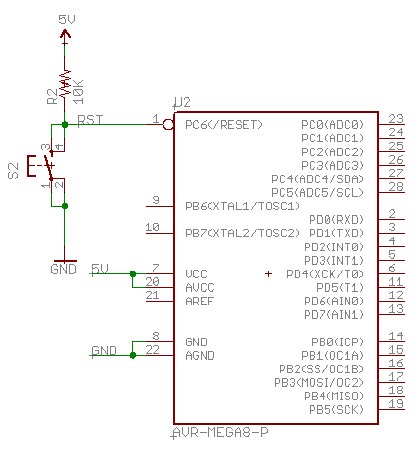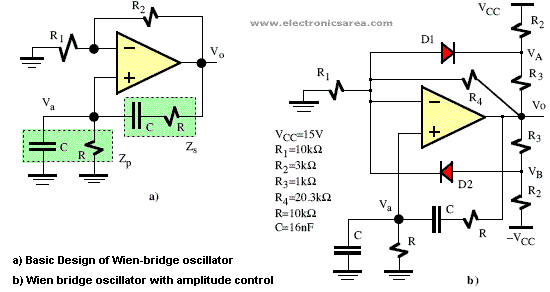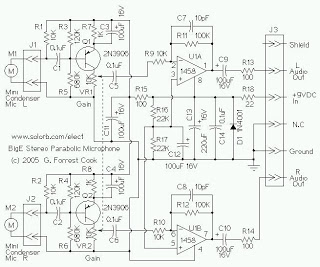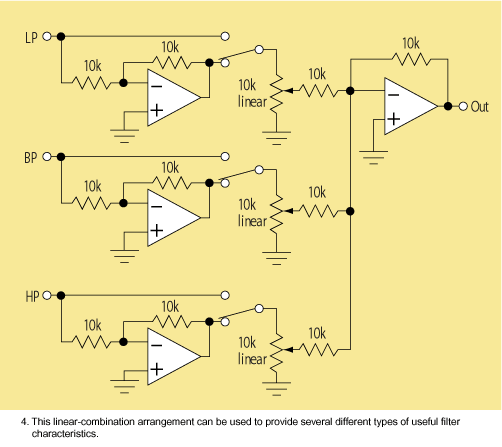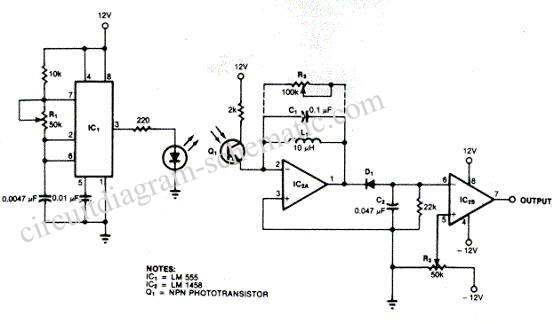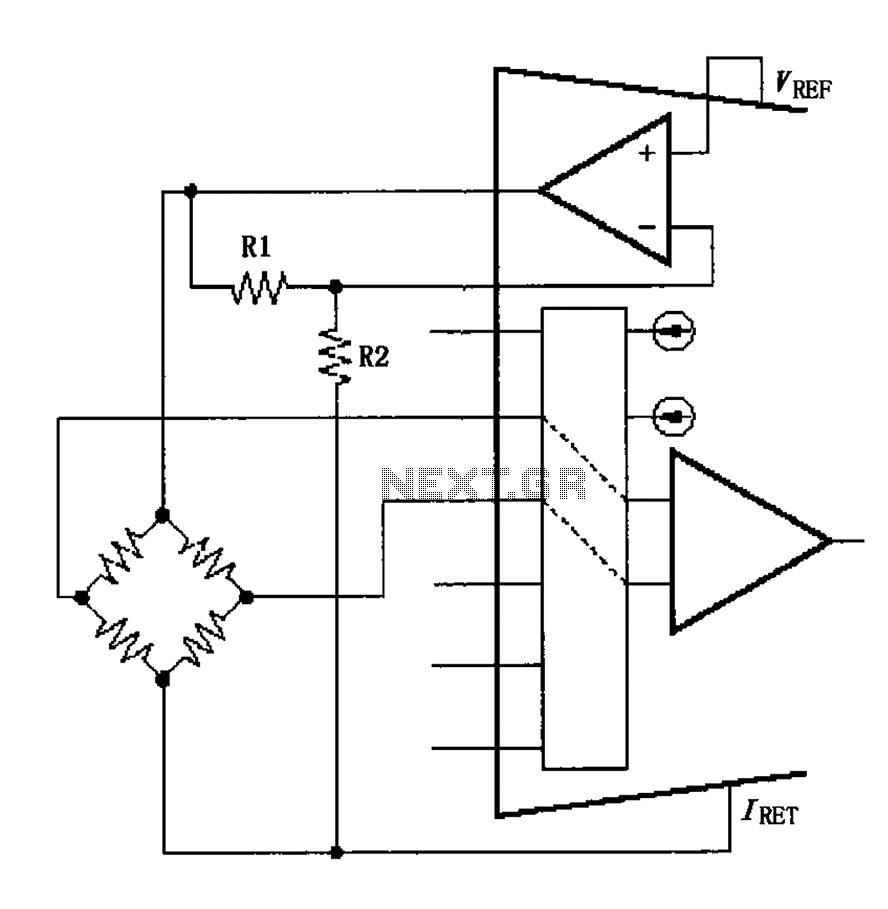
Driving Strain-Gauge Bridge Sensors with Signal-Conditioning ICs
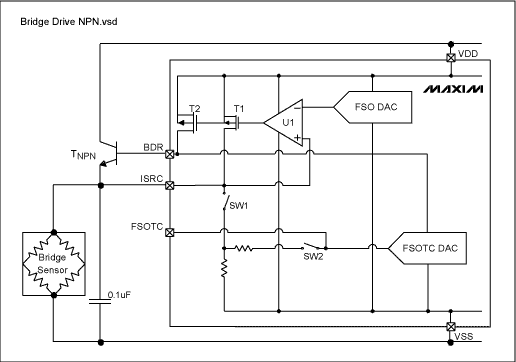
Strain-gauge sensors convert strain into an electrical signal for applications in pressure sensors, weight measurements, force and torque measurements, and materials analysis. A strain gauge functions as a resistor, with its resistance value changing in response to strain.
Strain-gauge sensors are widely utilized in various fields due to their ability to provide precise measurements of mechanical deformation. These sensors operate on the principle of electrical resistance variation, which is directly related to the amount of strain experienced by the material to which they are attached. When a strain gauge is subjected to tensile or compressive forces, it undergoes deformation, resulting in a change in its electrical resistance.
The basic construction of a strain gauge typically consists of a thin wire or a metallic foil arranged in a grid pattern, which is adhered to a backing material. This configuration allows for maximum sensitivity to strain while minimizing the effects of temperature and other environmental factors. The change in resistance can be measured using a Wheatstone bridge circuit, which provides a high degree of accuracy and sensitivity.
In practical applications, strain-gauge sensors are integrated into various devices. For instance, in pressure sensors, they can be used to measure the deformation of a diaphragm under pressure, translating this physical change into an electrical signal that can be processed and displayed. In weighing scales, strain gauges are often employed to detect the minute changes in resistance caused by the weight of an object, enabling precise weight measurements.
Moreover, strain gauges find extensive use in force and torque measurement systems, where they allow for the quantification of forces applied to structures or components. In materials testing and analysis, these sensors can provide critical data on material properties, such as tensile strength and elasticity, by measuring the strain experienced during stress tests.
Overall, the versatility and accuracy of strain-gauge sensors make them essential components in many engineering applications, contributing significantly to advancements in measurement technology and materials science.Strain-gauge sensors transduce (convert) strain into an electrical signal for use in pressure sensors, weight measurements, force and torque measurements, and materials analysis. A strain gauge is simply a resistor, whose value varies with strain in.. 🔗 External reference
Strain-gauge sensors are widely utilized in various fields due to their ability to provide precise measurements of mechanical deformation. These sensors operate on the principle of electrical resistance variation, which is directly related to the amount of strain experienced by the material to which they are attached. When a strain gauge is subjected to tensile or compressive forces, it undergoes deformation, resulting in a change in its electrical resistance.
The basic construction of a strain gauge typically consists of a thin wire or a metallic foil arranged in a grid pattern, which is adhered to a backing material. This configuration allows for maximum sensitivity to strain while minimizing the effects of temperature and other environmental factors. The change in resistance can be measured using a Wheatstone bridge circuit, which provides a high degree of accuracy and sensitivity.
In practical applications, strain-gauge sensors are integrated into various devices. For instance, in pressure sensors, they can be used to measure the deformation of a diaphragm under pressure, translating this physical change into an electrical signal that can be processed and displayed. In weighing scales, strain gauges are often employed to detect the minute changes in resistance caused by the weight of an object, enabling precise weight measurements.
Moreover, strain gauges find extensive use in force and torque measurement systems, where they allow for the quantification of forces applied to structures or components. In materials testing and analysis, these sensors can provide critical data on material properties, such as tensile strength and elasticity, by measuring the strain experienced during stress tests.
Overall, the versatility and accuracy of strain-gauge sensors make them essential components in many engineering applications, contributing significantly to advancements in measurement technology and materials science.Strain-gauge sensors transduce (convert) strain into an electrical signal for use in pressure sensors, weight measurements, force and torque measurements, and materials analysis. A strain gauge is simply a resistor, whose value varies with strain in.. 🔗 External reference
Warning: include(partials/cookie-banner.php): Failed to open stream: Permission denied in /var/www/html/nextgr/view-circuit.php on line 713
Warning: include(): Failed opening 'partials/cookie-banner.php' for inclusion (include_path='.:/usr/share/php') in /var/www/html/nextgr/view-circuit.php on line 713
